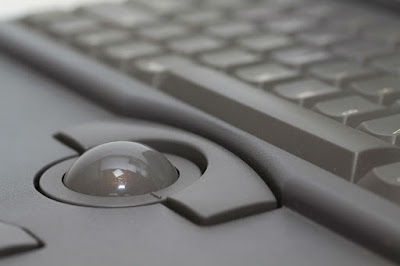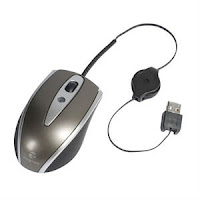When should you upgrade your computer? How much should you spend doing so? And most importantly, what component should you upgrade? You’ll be faced with all of these questions, and more, when you decide to upgrade your custom computer. But let’s start with an even more basic question. Why should you upgrade your PC?
It should be no surprise to those of us who have ever used
an electronic device that they become outdated quickly. Sure you may be able to
keep using them, but not always, as devices that run operating systems may
become too old or too slow to run the latest operating system, that
applications on the OS that it can run are no longer supported. This may not be
that important for standalone devices, like DVD players, radios, etc. However,
if a device is connected to the internet it will become outdated and may even
stop working much more quickly. Cell phones are a good example.
In the late 90s and 2000s people upgraded their cell phones
for only a handful of reasons. The first is that they were switching carriers.
Back then almost everyone was on a two-year contract for their cell service. In
exchange they were given a subsidized (aka reduced in price) cell phone. When
those two years were up some people wanted to switch carriers in search of
lower monthly charges and or better reception. But people also upgraded their
phones because of all the new features available on them. 15 years ago no one
would be surprised by the fact that your cell phone was black and white and
didn’t have Bluetooth. Innovations like camera phones drove people to buy new
phones.
Today however there aren’t many new must-have features on
smartphones. However, with the fact that they are connected to the internet,
what software they are able to run is a big issue. If you have a phone over 5
years old you may soon not be able to download a new version of your app, and
the version you can won’t connect to their servers because it isn’t supported.
The same is true for computers. It’ll be shiny and run great
when new, but over time it will become sluggish compared to newer models. You’ll
be able to upgrade the operating system on your custom gaming PC for a few iterations, but eventually
you won’t. Similarly, you’ll be able to run the latest games at high settings
and high frame rates for a while, then you’ll have to settle on mediocre and
finally the lowest settings just to get any of the new games to run. Eventually
you won’t be able to play any of the games that are released. However, this
will take a longer time than for phones, and there are things you can do to
extend the lifetime of your computer.
Upgrading a CPU isn’t for most of us, but it will have a
drastic effect on the performance and lifetime of your computer. The new Intel
Skylake processors plug into a new socket on motherboards, so you won’t be able
to upgrade your old computer to these new processors, but this does ensure that
if you buy a new computer with a Skylake processor you’ll be able to upgrade
the CPU for some time in the future.
Upgrading the memory and graphics cards are easy, and I’d
like to think almost anyone can do this. You just have to make sure you’re
buying the right type of memory: DDR3 or DDR4, and for the most part that’s it!
Obviously you’ll want to upgrade to more memory rather than less, and if you
can pay attention to details, the speed of the memory is also helpful. Upgrading
the graphics card is even easier, as they all fit into the PCI slots on your motherboard.
Simply buy a graphics card from the current generation on the market and
install it instead of your old one. You will probably have to update the drivers. These two simple upgrades will ensure that you can use your
computer for a long time to come!




